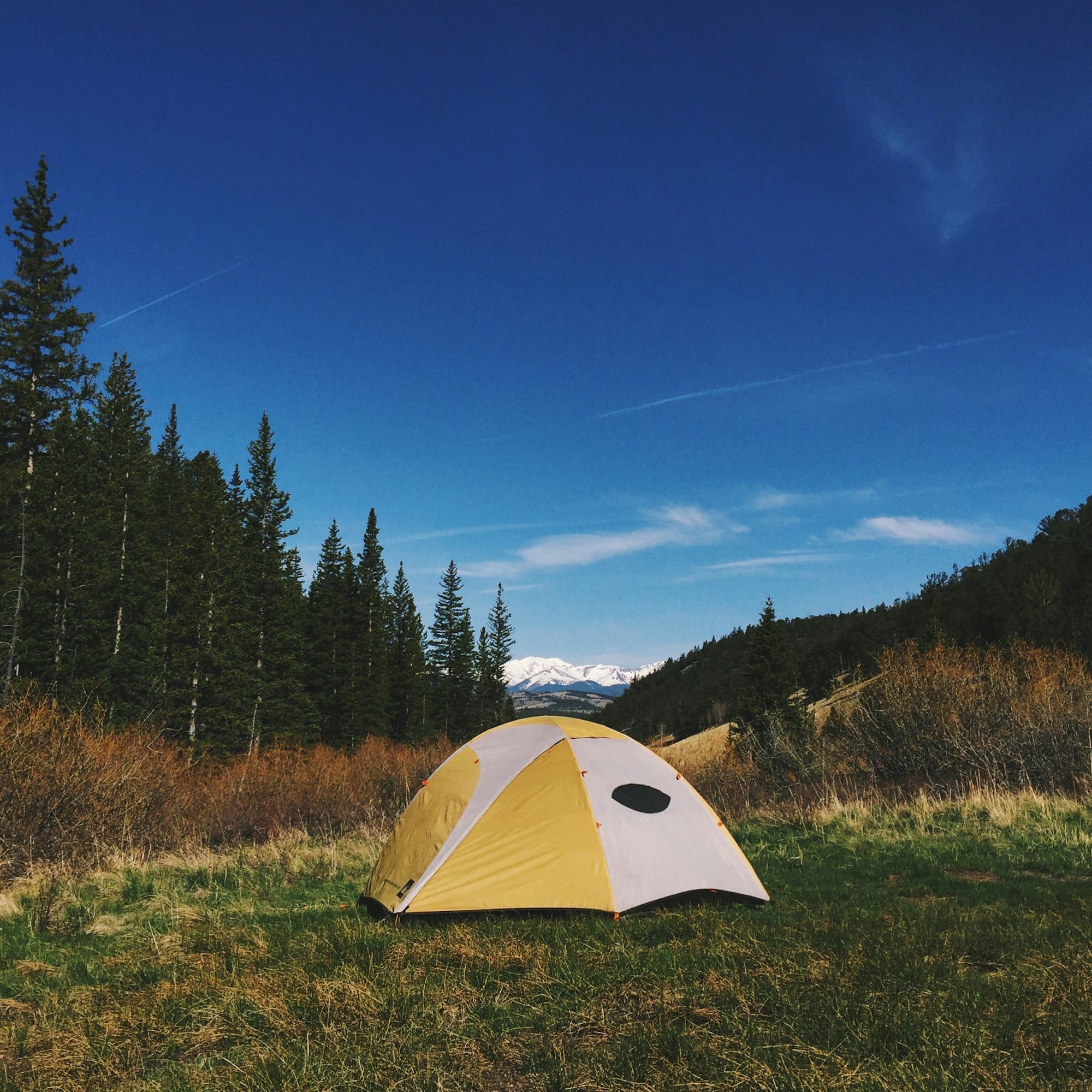Planning a camping trip that encompasses the beauty and diversity of the UK’s national parks can be an exhilarating endeavor. From the rugged landscapes of Dartmoor National Park to the serene waters of Loch Lomond, the UK offers a plethora of options for nature enthusiasts. This guide aims to walk you through the essential steps and considerations needed to make your trip memorable and seamless.
Choosing Your National Parks to Visit
Selecting the national parks you want to explore is the first and most crucial step in planning your camping trip. The UK boasts 15 national parks, each with unique landscapes, activities, and wildlife to offer.
Additional reading : What are the best eco-friendly camping practices to adopt while camping in the UK?
Dartmoor National Park, for instance, provides the perfect setting for wild camping with its expansive moorlands and historic sites. The Lake District offers stunning lake views and challenging hiking trails, while Loch Lomond offers a mix of mountains and freshwater lochs, ideal for both hiking and watersports.
When choosing your parks:
Also to discover : What are the best strategies for camping near the UK’s historical lighthouses?
- Research thoroughly: Understand the unique aspects and activities each park offers.
- Consider your interests: Whether you love hiking, photography, or simply relaxing by a lake, there is a park for you.
- Check access and facilities: Some parks are more remote and have fewer amenities, which can be a consideration if you’re traveling with family or less experienced campers.
Planning Your Road Trip Itinerary
Once you’ve decided on the national parks you’ll visit, the next step is planning your road trip itinerary. A well-thought-out plan ensures you maximize your time in each park without feeling rushed.
Start by mapping out the distance and driving time between each park. Tools like Google Maps can help you estimate travel times and find the most scenic routes. Factor in rest stops and overnight stays to break up long drives and make the journey more enjoyable.
Consider the following:
- Duration of your trip: Be realistic about how many parks you can visit within your timeframe. A shorter trip might focus on one or two parks, while a longer road trip could encompass more.
- Accommodation options: Research campsites, wild camping spots, and other accommodation options within or near each park. Book in advance where possible.
- Activities and permits: Some activities, like fishing or certain water sports, may require permits. Check the park authority’s website for any necessary permissions and plan your activities around them.
Essential Gear for Your Camping Adventure
Being well-prepared with the right gear can make or break your camping trip. The essentials you pack will depend on the parks you’re visiting, the time of year, and your planned activities.
Key items to consider include:
- Camping gear: A good quality tent, sleeping bag, sleeping pad or mat, and a camping stove. If you’re planning on wild camping, a lightweight and easy-to-set-up tent is crucial.
- Clothing: Layering is essential. Pack waterproof and windproof gear, warm layers, and comfortable hiking boots. The weather can be unpredictable, especially in national parks.
- Navigation tools: A map, compass, and GPS device are invaluable. Many national parks have limited cell service, so having a reliable method of navigation is important.
- Safety and first aid: A well-stocked first aid kit, a whistle, a flashlight, and emergency food and water supplies.
When packing, always remember the principle of Leave No Trace. This means minimizing your impact on the environment by packing out all your waste, camping at least 200 feet away from water sources, and respecting wildlife.
Special Considerations for Wild Camping
Wild camping laws and regulations vary across the UK’s national parks. While it’s a common practice in places like Dartmoor National Park, other areas have stricter rules or outright bans.
If you’re planning on wild camping:
- Dartmoor National Park: One of the few places in England where wild camping is legally permitted. However, you must follow specific guidelines and camp in designated areas.
- Scotland: Wild camping is generally allowed under the Scottish Outdoor Access Code, provided you follow the principles of Leave No Trace. Loch Lomond, however, has specific bylaws requiring permits in certain areas.
- Wales and Northern Ireland: Wild camping is technically illegal without landowner permission, though in remote areas it may be tolerated if done discreetly and responsibly.
Always respect local regulations and obtain any necessary permits. When wild camping, arrive late, leave early, and move your camp each night to minimize your impact on the environment.
Making the Most of Your Time in Each Park
Visiting national parks is not just about setting up camp; it’s about immersing yourself in the natural beauty and the activities each park offers. Make the most of your time by planning a mix of activities suited to your interests.
Hiking and Trails: The UK’s national parks are renowned for their hiking trails. The Lake District, for example, offers trails ranging from gentle lakeside walks to challenging mountain climbs. Dartmoor’s rugged terrain is perfect for more adventurous hikes.
Water Activities: If you’re visiting Loch Lomond, take the opportunity for kayaking, fishing, or even a refreshing swim. Ensure you have the necessary gear and permits for water activities.
Wildlife Watching: Many national parks are home to unique wildlife. Plan some quiet time early in the morning or late in the evening when animals are most active. Bring binoculars and a wildlife guidebook to enhance your experience.
Cultural and Historical Sites: Many national parks feature historical landmarks, from ancient ruins to stately homes. Dartmoor, for instance, is home to numerous prehistoric sites worth exploring.
Photography and Relaxation: Don’t forget to take time to relax and enjoy the scenery. Whether it’s capturing the perfect sunrise or simply sitting by a stream, these moments can be the highlight of your trip.
To plan a camping trip that includes visits to the UK’s stunning national parks, start by selecting the parks that best match your interests and travel timeframe. A well-planned road trip itinerary will ensure you make the most of your journey, while the right camping gear will keep you comfortable and safe. Respect local regulations, especially when wild camping, and don’t forget to immerse yourself in the various activities each park offers.
By following these guidelines, you’re set for an unforgettable adventure that combines the thrill of camping with the beauty and diversity of the UK’s national parks. This trip will not only provide you with memories and experiences to cherish but also foster a deeper appreciation for the natural wonders that surround us. So pack your gear, plan your route, and embark on a journey that promises adventure, relaxation, and a closer connection to nature.
















